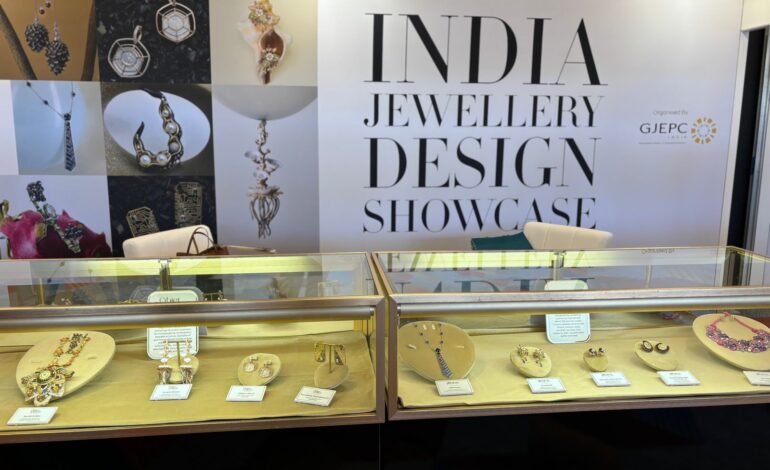De Beers has announced the discontinuation of its lab-grown diamond (LGD) line, Lightbox, marking the end of a six-year initiative that challenged the company’s traditional stance. The move comes as the firm reasserts its commitment to natural diamonds amidst a changing market landscape.
De Beers unveiled its new Origins strategy to enhance value across its business, from mining through to retail. The company stated that it will streamline operations and focus investments on high-return projects in core upstream assets, midstream technologies, natural diamond retail, and synthetic diamond technology solutions.
As the natural diamond market continues to recover, De Beers plans to leverage its industry-leading portfolio of mining assets, iconic retail brands, and history of generating demand for diamonds. This approach aims to drive sustainable growth against a backdrop of declining global diamond production and positive underlying demand fundamentals.
In 2018, De Beers ventured into the synthetic diamond market with Lightbox, offering lab-grown diamonds at significantly lower prices than competitors. This move was seen as an effort to establish a distinct market segment for lab-grown diamonds. However, a recent plunge in synthetic diamond prices, attributed to both De Beers’ pricing strategy and an influx of new products, has led to a re-evaluation of this venture.
The decision to discontinue Lightbox aligns with the broader transformation of De Beers under CEO Al Cook’s leadership, as the company prepares for a potential separation from its parent company, Anglo American Plc. This follows Anglo’s defence against a takeover bid from BHP Group and its announcement to divest or spin off De Beers.
Al Cook, CEO of De Beers Group, stated: “We are reinventing every part of De Beers to grow value. Through delivery of our Origins strategy, De Beers will be streamlined, focused, and a leader in diamond technology, provenance, and luxury retail. We will recreate the magic of natural diamonds for modern consumers.
“The outlook for natural diamonds is compelling. Global supply is declining with no new mines discovered in the past decade. Consumers in key regions are becoming more affluent and are increasingly differentiating between natural diamonds and lab-grown diamonds.
“Every part of De Beers must add value in itself. But it is our integration from the upstream to the downstream, from the south of Africa to the north of Canada, across our portfolio of technologies, that makes De Beers unique. And it is through that integration that we will create value as brilliant as our diamonds.”
While De Beers will continue to sell its existing Lightbox inventory, expected to last approximately a year, the future of the brand remains uncertain. The industry is split on the long-term effects of synthetic diamonds and whether the current downturn is a temporary fluctuation or a fundamental shift driven by lab-grown alternatives.
As De Beers moves away from synthetic diamonds, it plans to enhance its marketing efforts for diamond jewelry as a whole and expand its retail presence. Additionally, media reports suggest the company will explore polishing its own diamonds, a sector traditionally managed by family-owned businesses in India and Belgium.
Disclaimer: Jewel Bharat aims to provide accurate and reliable information. Readers are encouraged to contact@jewelbharat.com to report any concerns regarding the content. Appropriate corrective measures, including potential removal of the article from the website, will be taken following investigation.





